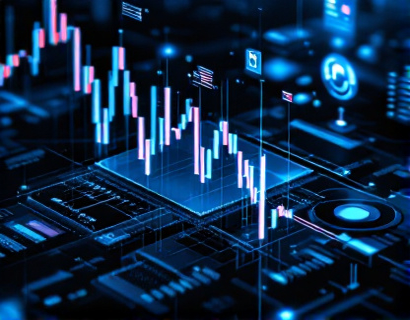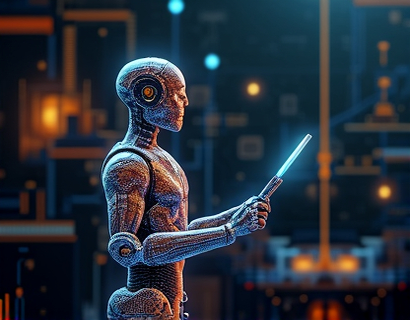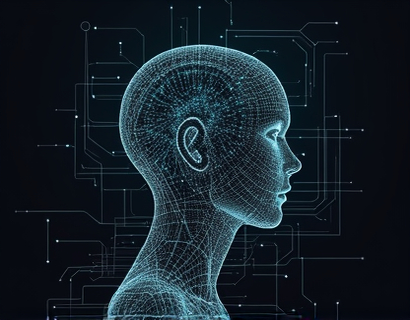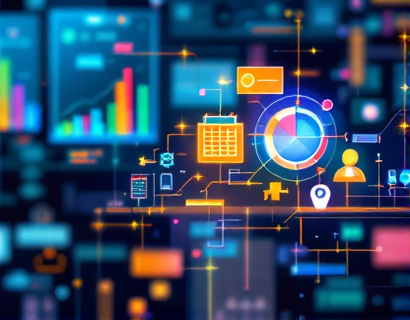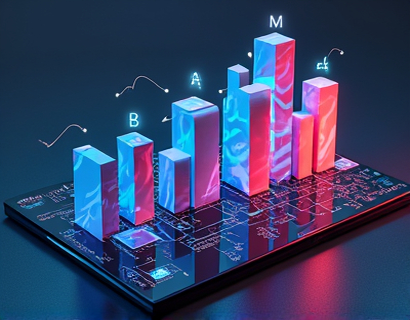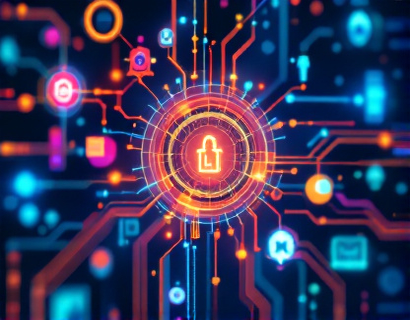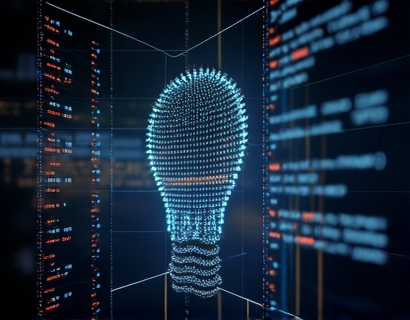Unlocking the Future: Leveraging AI and Blockchain for Next-Gen Digital Solutions
The digital landscape is undergoing a profound transformation, driven by the convergence of artificial intelligence (AI) and blockchain technology. This synergy is not just a trend but a fundamental shift that promises to redefine how businesses operate, innovate, and secure their digital assets. By merging these two revolutionary technologies, organizations can unlock unprecedented levels of efficiency, security, and innovation, positioning themselves at the forefront of the next-generation digital revolution.
The integration of AI and blockchain is creating a new paradigm in digital solutions, one that leverages the strengths of both technologies to overcome the limitations of traditional systems. AI, with its ability to process vast amounts of data and learn from patterns, combined with blockchain's inherent security and transparency, forms a powerful duo capable of driving significant advancements in various industries.
Enhancing Business Operations
One of the most immediate benefits of combining AI and blockchain is the enhancement of business operations. AI can automate routine tasks, optimize processes, and provide predictive insights, while blockchain ensures that these operations are secure, transparent, and tamper-proof. For instance, supply chain management can be revolutionized by using AI to predict demand and optimize inventory, while blockchain provides an immutable ledger to track products from origin to destination, ensuring authenticity and reducing fraud.
In the realm of finance, AI-driven algorithms can analyze market trends and make informed investment decisions, while blockchain ensures that transactions are secure and verifiable. This combination not only speeds up processes but also reduces the risk of errors and fraud, leading to more reliable and efficient financial systems.
Driving Security and Trust
Security is a paramount concern in the digital age, and the fusion of AI and blockchain offers robust solutions to enhance data protection and build trust. Blockchain's decentralized and cryptographic nature makes it inherently secure, while AI can detect and mitigate potential threats in real-time. For example, AI-powered security systems can monitor blockchain networks for unusual activities, identifying and neutralizing threats before they cause significant damage.
Moreover, AI can enhance the security of smart contracts, ensuring that they execute as intended and are free from vulnerabilities. By combining these technologies, organizations can create a multi-layered security framework that protects sensitive information and maintains the integrity of digital transactions.
Fostering Innovation and Creativity
The synergy between AI and blockchain is not only about improving existing processes but also about fostering innovation and creativity. Developers and businesses can leverage these technologies to create entirely new products and services that were previously unimaginable. For instance, decentralized finance (DeFi) platforms use AI to offer personalized financial services, while blockchain ensures that these services are secure and accessible to everyone.
In the creative industry, AI can assist in content generation, from music and art to writing and design, while blockchain provides a transparent and secure way to attribute and monetize creative works. This combination empowers creators to focus on their craft, knowing that their work is protected and fairly compensated.
Case Studies and Real-World Applications
Several organizations are already reaping the benefits of AI and blockchain integration. One notable example is the use of AI in healthcare, where machine learning algorithms analyze medical data to assist in diagnosis and treatment planning. Blockchain ensures that patient data is securely stored and shared, maintaining privacy and compliance with regulations. This combination leads to more accurate diagnoses and personalized treatment plans, ultimately improving patient outcomes.
In the logistics sector, companies are using AI to optimize routes and reduce costs, while blockchain provides a transparent and immutable record of shipments. This not only enhances efficiency but also builds trust among all parties involved, from suppliers to customers.
Challenges and Considerations
While the potential of AI and blockchain is vast, there are challenges and considerations that organizations must address. One of the primary challenges is the technical complexity of integrating these technologies. Developing a robust and scalable system requires expertise in both AI and blockchain, which can be a barrier for some businesses.
Another consideration is the regulatory landscape. As AI and blockchain are relatively new, regulations are still evolving. Organizations must stay informed about legal requirements and ensure compliance to avoid potential issues. Additionally, there is a need for standardization to facilitate broader adoption and interoperability between different systems.
Future Outlook
The future of AI and blockchain integration is bright, with numerous opportunities for growth and innovation. As more organizations adopt these technologies, we can expect to see more sophisticated applications and a deeper level of integration. The development of more user-friendly tools and platforms, like the one described earlier, will democratize access to these technologies, enabling a wider range of businesses to benefit from their advantages.
Furthermore, the convergence of AI, blockchain, and other emerging technologies such as the Internet of Things (IoT) and 5G will create a highly interconnected and intelligent digital ecosystem. This ecosystem will drive unprecedented levels of efficiency, security, and innovation, transforming industries and enhancing the way we live and work.
In conclusion, the combination of AI and blockchain is not just a technological trend but a transformative force that is reshaping the digital landscape. By embracing this synergy, organizations can unlock new possibilities, drive growth, and maintain a competitive edge in an increasingly digital world.



